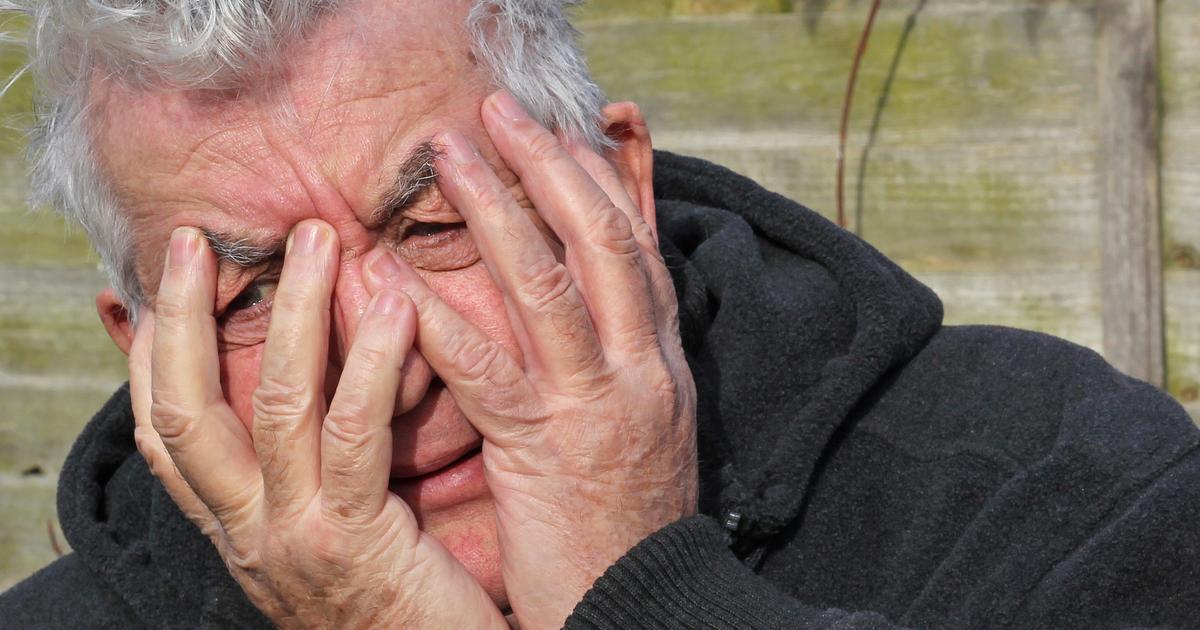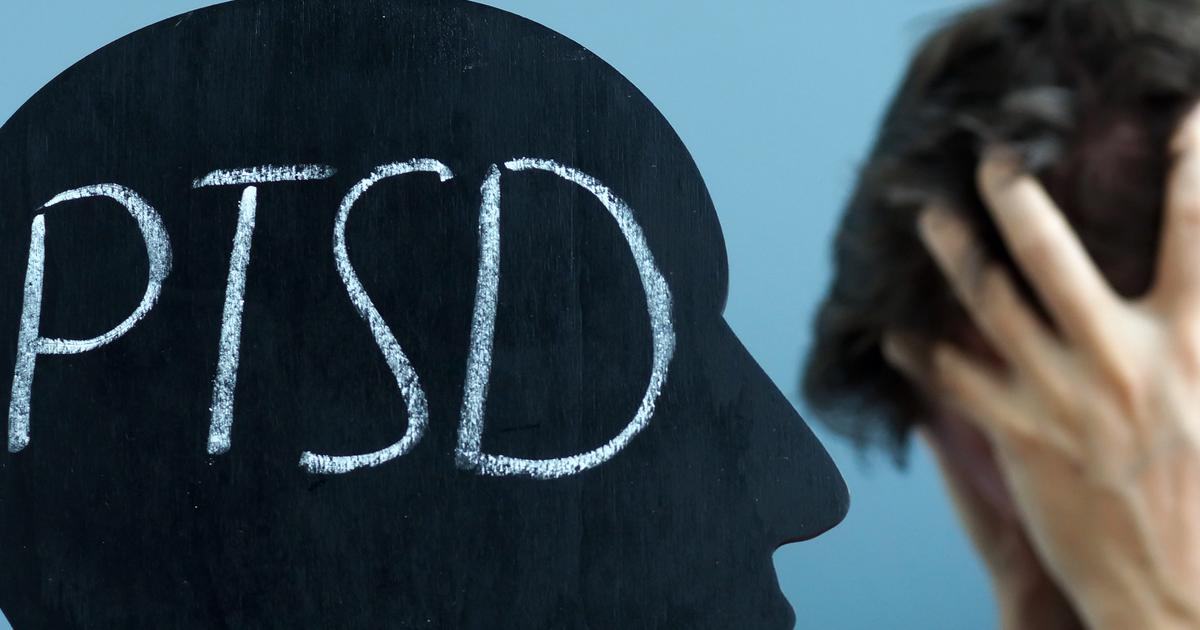Guide To The Major Types Of Anxiety Disorders
Anxiety disorders are a specific category of mental illness categorized by significant fear or worry that won't seem to subside. Sometimes the fear or anxious symptoms become progressively worse with time. With anxiety disorders, the stress and fear patients feel are disproportionate to their actual life circumstances. Individuals with an anxiety disorder also tend to be anxious regardless of what's going on, rather than only experiencing stress in response to life events. Anxiety disorders negatively impact a patient's quality of life. The DSM-V separates anxiety disorders into three categories, which include trauma and stress-related disorders, obsessive-compulsive disorders, and anxiety disorders. Every individual's anxiety will manifest differently, and one individual doesn't need to have every symptom to meet the diagnostic criteria for an anxiety disorder.
With this in mind, get familiar with the major types of anxiety disorders now.
Generalized Anxiety Disorder

Generalized anxiety disorder occurs when individuals excessively and persistently worry about a large number of things. This disorder can be described as a heightened feeling of anxiety regarding every aspect of one's life. It's common for patients with generalized anxiety disorder to spend a lot of time worrying about work, family, health, money, and other problems. It's also difficult to control the worry, even if they know the worry isn't rational. Their worries might seem unwarranted when considering the actual circumstances. Many individuals with generalized anxiety disorder catastrophize, which means they often think about worst-case scenarios even if the worst-case scenario is unlikely to happen. To receive a diagnosis of generalized anxiety disorder, an individual must have trouble controlling their anxiety for more days than they don't for a minimum of six months. They must also present with at least three of the symptoms. The time limit helps to separate this disorder from worries that might be caused by specific stressful life circumstances or changes. About 3.1 percent of adults in the United States have generalized anxiety disorder.
Learn about the next major type of anxiety disorder now.
Social Anxiety Disorder

Most individuals have experienced some level of discomfort or nervousness when exposed to a new social situation. But in a neurotypical person, that anxiety isn't debilitating enough to interfere with their day-to-day life. Social anxiety disorder causes affected individuals to be so anxious in social situations that they can't handle the stress. Many with this disorder avoid social contact altogether because they're uncomfortable with making eye contact, engaging in small talk, and attempting to connect with their peers. Though the anxiety is related to social interactions, it can be so debilitating that it impacts every area of their life. Their social relationships will suffer, they will have trouble with workplace relationships, and they may avoid family gatherings. Many individuals who self-isolate due to social anxiety end up experiencing feelings of depression. Social anxiety is actually among the most common mental health issues in the world. Different patients might struggle with different social situations. Someone might have trouble meeting new people but have no problems with old family members. Some situations patients might avoid include using public restrooms, talking to strangers, public speaking engagements, and parties.
Uncover the next major type of anxiety disorder now.
Panic Disorder

Panic disorder is an anxiety disorder that occurs when an individual has spontaneous panic attacks. Patients with the disorder also become very worried they might have another panic attack. The attacks come on unexpectedly, though they may also be brought on by stress. Some even experience symptoms when they wake from sleep. The majority of panic disorder cases have symptom onset after the age of twenty, but there have been children diagnosed with the condition. Around two to three percent of the United States population struggles with a panic disorder every year. Women have twice the rate of panic attacks as men. The disorder can impact a patient's day-to-day activities by making them miss work, avoid situations where a panic attack might occur, and cause them to see their doctor multiple times. Panic attacks are sudden, debilitating, and include feelings of terror, shortness of breath, rapid heart rate, and chest pain. They can feel very similar to a heart attack, which sometimes causes patients with panic disorder to seek emergency treatment.
Reveal more information on the major types of anxiety disorders now.
Obsessive-Compulsive Disorder

Obsessive-compulsive disorder is a widely misunderstood mental illness. Individuals with this condition have obsessive thoughts that drive them to engage in repetitive or harmful behaviors called compulsions. While it's common to have bad habits or the occasional unwanted thought, these things are debilitating for a patient with obsessive-compulsive disorder. The thought processes are persistent and cause a great deal of anxiety. Failing to follow through with compulsions also causes distress. The majority of obsessive-compulsive disorder patients are aware their obsessive thoughts aren't true, though others believe them to be true. Regardless of whether they're aware of the irrationality, it's difficult to stop focusing on the obsessions and redirect attention to more productive things. To be diagnosed with this disorder, the obsessions or compulsions must occur for more than one hour a day, impair day-to-day life, and cause serious distress. About one percent of the United States population has this disorder. The symptoms tend to manifest in adolescence, childhood, or young adulthood. The average age of onset is around nineteen years old.
Read more about the major types of anxiety disorders now.
Post-Traumatic Stress Disorder

Post-traumatic stress disorder is a mental illness that occurs after an individual experiences or witnesses a traumatic event. Some of the most common symptoms are serious anxiety, uncontrolled thoughts surrounding the event, nightmares, and flashbacks. The majority of individuals who experience trauma have some difficulty with coping. However, in post-traumatic stress disorder patients, the symptoms tend to get worse over the following months and years. Treatment helps improve overall functioning and reduce symptoms. For some individuals, symptoms start in the month that follows the initial event. Others don't experience symptoms until years after the event happened. The symptoms lead to problems with social functioning and work, and they may also make it difficult to practice basic self-care and chores. Researchers have grouped symptoms of post-traumatic stress disorder into four categories: negative changes in mood or thoughts, changes in emotional or physical reactions, avoidance, and intrusive memories.